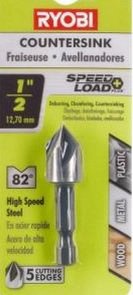Prof Young
New member
Loaders:
A primer should be absolutely flush with the rest of the head . . . right?
I'm asking because I ran into some 223 with primer pocket crimp, at least that is what I assume it to be, and while some of them primed, they didn't prime flush.
I have a primer pocket crimp remover tool ordered and on it's way. In the mean time I thought I'd ask. I'm guessing I need to de-prime those that aren't flush and start over? Let me know.
Live well, be safe
Prof Young
A primer should be absolutely flush with the rest of the head . . . right?
I'm asking because I ran into some 223 with primer pocket crimp, at least that is what I assume it to be, and while some of them primed, they didn't prime flush.
I have a primer pocket crimp remover tool ordered and on it's way. In the mean time I thought I'd ask. I'm guessing I need to de-prime those that aren't flush and start over? Let me know.
Live well, be safe
Prof Young

